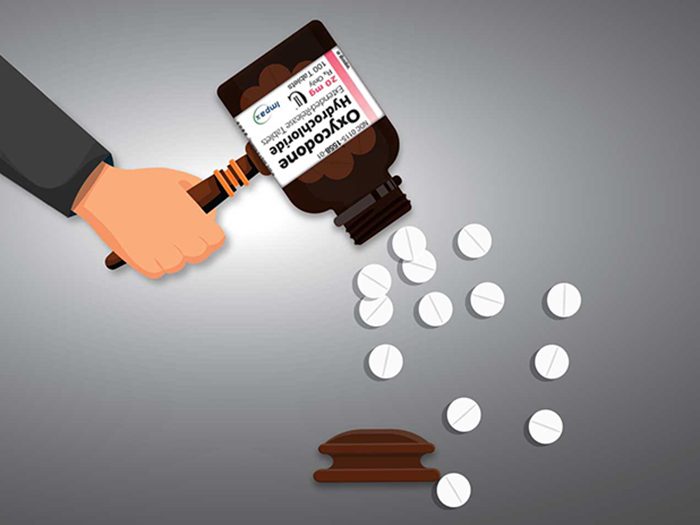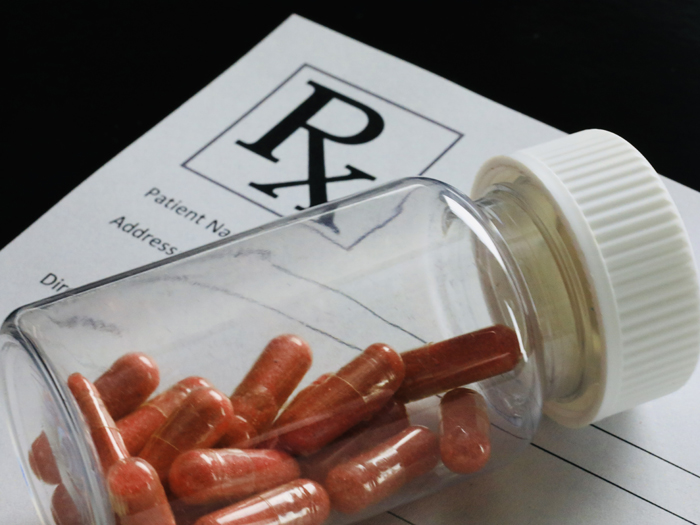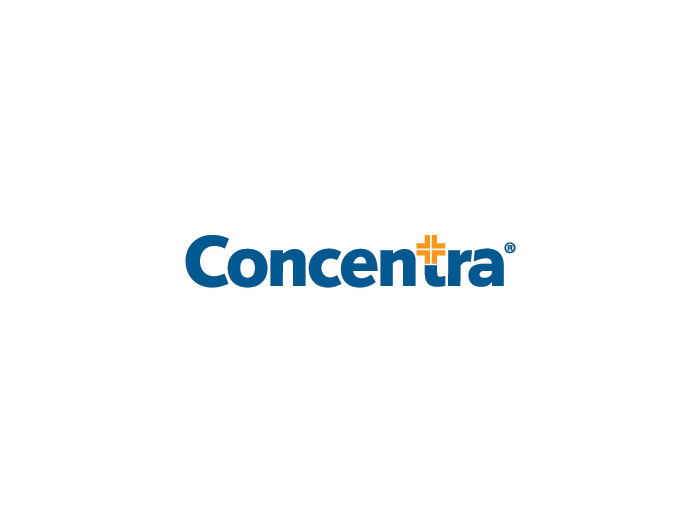Pharma Under Fire
Opioids Give Rise to Liability Epidemic

The opioid epidemic devastated families and flattened entire communities.
The Yale School of Medicine estimates that deaths are nearly doubling annually: “Between 2015 and 2016, drug overdose deaths went from 33,095 to 59,000, the largest annual jump ever recorded in the United States. That number is expected to continue unabated for the next several years.”
That’s roughly 160 deaths every day — and it’s a count that’s increasing daily.
In addition to deaths, the number of Americans struggling with an opioid disorder disease (the official name for opioid addiction) is staggering.
The National Institute on Drug Abuse (NIDA) estimates that 2 million people in the United States suffer from substance use disorders related to prescription opioid pain relievers, and roughly one-third of those people will “graduate” to heroin addiction.
Conversely, 80 percent of heroin addicts became addicted to opioids after being prescribed opioids.
As if the human toll wasn’t devastating enough, NIDA estimates that addiction costs reach “$78.5 billion a year, including the costs of health care, lost productivity, addiction treatment, and criminal justice involvement.”
With numbers like that, families are not the only ones left picking up the pieces. Municipalities, states, and the federal government are strained with heavy demand for social services and crushing expenditures related to opioid addiction.
Despite the amount of money being spent, services are inadequate and too short in duration. Wait times are so long that some people literally die waiting.
Public sector leaders saw firsthand the range and potency of the epidemic, and were among the first to seek a legal reckoning with the manufacturers of synthetic painkillers.
Seeking redress for their financial burden, some municipalities, states and the federal government filed lawsuits against big pharmaceutical companies and manufacturers. To date, there are more than 100 lawsuits on court dockets.
States such as Ohio, West Virginia, New Jersey, Pennsylvania and Arkansas have been hit hard by the epidemic. In Arkansas alone, 72 counties, 15 cities, and the state filed suit, naming 65 defendants. In Pennsylvania, 16 counties, Philadelphia, and Commonwealth officials have filed lawsuits.
Forty one states also have banded together to subpoena information from some drug manufacturers.
Pennsylvania’s Attorney General, Josh Shapiro, recently told reporters that the banded effort seeks to “change corporate behavior, so that the industry can no longer do what I think it’s been doing, which is turning a blind eye to the effects of dumping these drugs in the communities.”
The volume of legal actions is growing, and some of the Federal cases have been bound together in what is called multidistrict litigation (MDL). These cases will be heard by a judge in Ohio. Plaintiffs hope for a settlement that will provide funding to be used to help thwart the opioid epidemic.
“From a societal perspective, this is obviously a big and impactful issue,” said Jim George, a managing director and global claims head with Swiss Re Corporate Solutions. “A lot of people are suffering in connection with this, and it won’t go away anytime soon.
“Insurance, especially those in liability, will be addressing this for a long time. This has been building over five or six years, and we are just now seeing the beginning stages of liability suits.” 
Basis for Lawsuits
The lawsuits filed to date are based on allegations concerning: What pharma knew or didn’t know; what it should have known; failure to monitor size and frequency of opioid orders, misrepresentation in marketing about the addictive nature of opioids; and false financial disclosures.
Opioid manufacturers, distributors and large drugstore chains together represent a $13 billion-a-year industry, meaning the stakes are high, and the pockets deep. Many have compared these lawsuits to the tobacco suits of the ’90s.
But even that comparison may pale. As difficult as it is to quit smoking, that process is less arduous than the excruciating and often impossible-to-overcome opioid addiction.
Francis Collins, a physician-geneticist who heads the National Institutes of Health, said in a recorded session with the Washington Post: “One really needs to understand the diabolical way that this particular set of compounds rewires the brain in order to appreciate how those who become addicted really are in a circumstance where they can no more [by their own free will] get rid of the addiction than they can get free of needing to eat or drink.”
“Pharma and its supply chain need to know that this is here now. It’s not emerging, it’s here, and it’s being tried. It is a present risk.” — Nancy Bewlay, global chief underwriting officer for casualty, XL Catlin
The addiction creates an absolutely compelling drive that will cause people to do things against any measure of good judgment, said Collins, but the need to do them is “overwhelming.”
Documented knowledge of that chemistry could be devastating to insureds.
“It’s about what big pharma knew — or should have known. A key allegation is that opioids were aggressively marketed as the clear answer or miracle cure for pain,” said Shep Tapasak, managing principal, Integro Insurance Brokers.
These cases, Tapasak said, have the potential to be severe. “This type of litigation boils down to a “profits over people” strategy, which historically has resonated with juries.”
Broadening Liability
As suits progress, all sides will be waiting and watching to see what case law stems from them. In the meantime, insurance watchers are predicting that the scope of these suits will broaden to include other players in the supply chain including manufacturers, distribution services, retail pharmacies, hospitals, physician practices, clinics, clinical laboratories and marketing agencies.
Litigation is, to some extent, about who can pay. In these cases, there are several places along the distribution chain where plaintiffs will seek relief.
Nancy Bewlay, XL Catlin’s global chief underwriting officer for casualty, said that insurers and their insureds need to pay close attention to this trend.
“Pharma and its supply chain need to know that this is here now. It’s not emerging, it’s here, and it’s being tried. It is a present risk,” she said.
“We, as insurers who identify emerging risks, have to communicate to clients. We like to be on the forefront and, if we can, positively influence the outcome for our clients in terms of getting ahead of their risks.”
In addition to all aspects of the distribution chain, plaintiffs could launch suits against directors and officers based on allegations that they are ultimately responsible for what the company knew or should have known, or that they misrepresented their products or signed off on misleading financial statements.
Shareholders, too, could take aim at directors and officers for loss of profits or misleading statements related to litigation.
Civil litigation could pave the way, in some specific instances, for criminal charges. Mississippi Attorney General Jim Hood, who in 2015 became the first state attorney general to file suit against a prescription drug maker, has been quoted as saying that if evidence in civil suits points to criminal behavior, he won’t hesitate to file those charges as well.
Governing, a publication for municipalities and states, quoted Hood in late 2017 as saying, “If we get into those emails, and executives are in the chain knowing what they’ve unleashed on the American public, I’m going to kick it over to a criminal lawsuit. I’ve been to too many funerals.”
Insurers and insureds can act now to get ahead of this rising wave of liability.
It may be appropriate to conduct a review of policy underwriting and pricing. XL Catlin’s Bewlay said, “We are not writing as if everyone is a pharma manufacturer. Our perception of what is happening is that everyone is being held accountable as if they are the manufacturer.
“The reality is that when insurers look at the pharma industry and each part of the supply chain, including the pharma companies, those in the chain of distribution, transportation, sales, marketing and retail, there are different considerations and different liabilities for each. This could change the underwriting and affect pricing.”
Bewlay also suggests focusing on communications between claims teams and underwriters and keeping a strong line of communication open with insureds, too.
“We are here to partner with insureds, and we talk to them and advise them about this crisis. We encourage them to talk about it with their risk managers.”
Tapasak from Integro encourages insureds to educate themselves and be a part of the solution. “The laws are evolving,” he said. “Make absolutely certain you know your respective state laws. It’s not enough to know about the crisis, you must know the trends. Be part of the solution and get as much education as possible.
“Most states have ASHRM chapters that are helping their members to stay current on both passed and pending legislation. Health care facilities and providers want to do the right thing and get educated. And at the same time, there will likely be an uptick in frivolous claims, so it’s important to defend the claims that are defensible.”
Social Service Risk
In addition to supply chain concerns, insurers and insureds are concerned that even those whose mission it is to help could be at risk.
Hailed as a lifesaver, and approved by the Food and Drug Administration (FDA), the drug Naloxone, can be administered to someone who is overdosing on opioids. Naloxone prevents overdose by blocking opioid receptor sites and reversing the effects of the overdose.
Some industry experts are concerned that police and emergency responders could incur liability after administering Naloxone.
But according to the U.S. Department of Justice, “From a legal standpoint, it would be extremely difficult to win a lawsuit against an officer who administers Naloxone in good faith and in the course of employment. … Such immunity applies to … other professional responders.”
Especially hard hit are foster care agencies, both by increased child placements and stretched budgets. More details in our related coverage.
While the number of suits is growing and their aim broadening, experts think that some good will come of the litigation. Settlements will fund services for the addicted and opioid risk awareness is higher than ever. &












